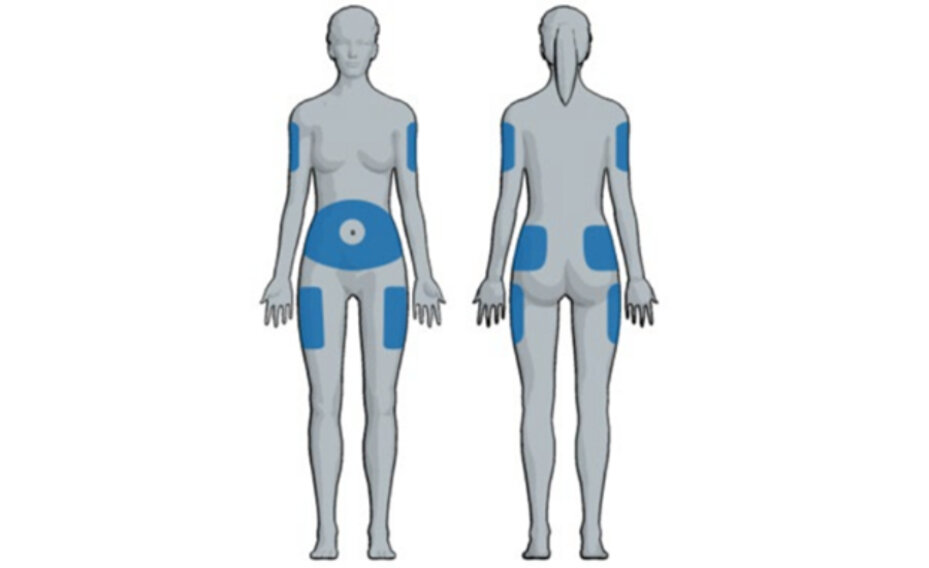Lumps and bumps from insulin therapy
Here at Medtronic, we get a lot of questions from customers about the lumps and bumps that may appear at injection sites. So, here’s a Q&A on what these lumps are, why they occur and how to prevent them.
WHAT ARE THESE LUMPS AND BUMPS AT MY INJECTION SITES?
Lumps and bumps from insulin are called lipohypertrophy. This is a medical word for a lump under the skin from an accumulation of fat at the site of many insulin injections. Scar tissue may also develop at the sites.
WHY DOES THIS HAPPEN?
This happens due to the action of insulin on the fat cells. Insulin can actually cause fat cells to increase in size. It is generally seen when one uses the same area for insulin injection or infusion. It happens most often in areas that are easiest to inject insulin or place infusion sets-on both sides of the belly button and on the sides of the thighs.
WHAT HAPPENS WHEN YOU HAVE THIS?
You may notice a thickening of this skin and areas of lumps and bumps. This was more evident with the older preparations of insulin where the skin changes were more evident. The changes may be very subtle with the newer insulin analogs so it is important to actually feel the areas that you use to inject or infuse insulin. You want to firmly stroke the areas in a sweeping motion to feel for any lumps.
DOES IT AFFECT YOUR GLUCOSE CONTROL?
Infusing insulin into areas of lipohypertrophy can affect your glucose control. Insulin is not always well-absorbed in these areas. You may find that your glucose control is not what you expect it to be. The more damaged the area is the more likely it is that glucose control will be affected. Sometimes the areas of lipohypertrophy have damaged nerve endings and you don’t feel your infusion set going it at all. This is clearly a sign of a damaged area.
HOW IS IT PREVENTED?
Rotate your infusion sites! It is important to use different sites to prevent lipohypertrophy. You might want to use a calendar or body map to be sure that you are rotating you sites frequently. Avoid areas that have lipohypertrohy and allow them to heal before using them for your infusion site.
Editor’s Note: Please click here for information on the “Clock” or “M or W” site rotation methods.
ANY OTHER TIPS?
If you do discover areas of lipohypertrophy and move to new areas to place your infusion set you may need to test your glucose more frequently. Insulin is absorbed differently in different body areas and this may affect your glucose. If you have been using your abdomen (where insulin is absorbed the fastest) and start using your buttocks (where insulin is absorbed more slowly) you may see your glucose values change more slowly as well.
